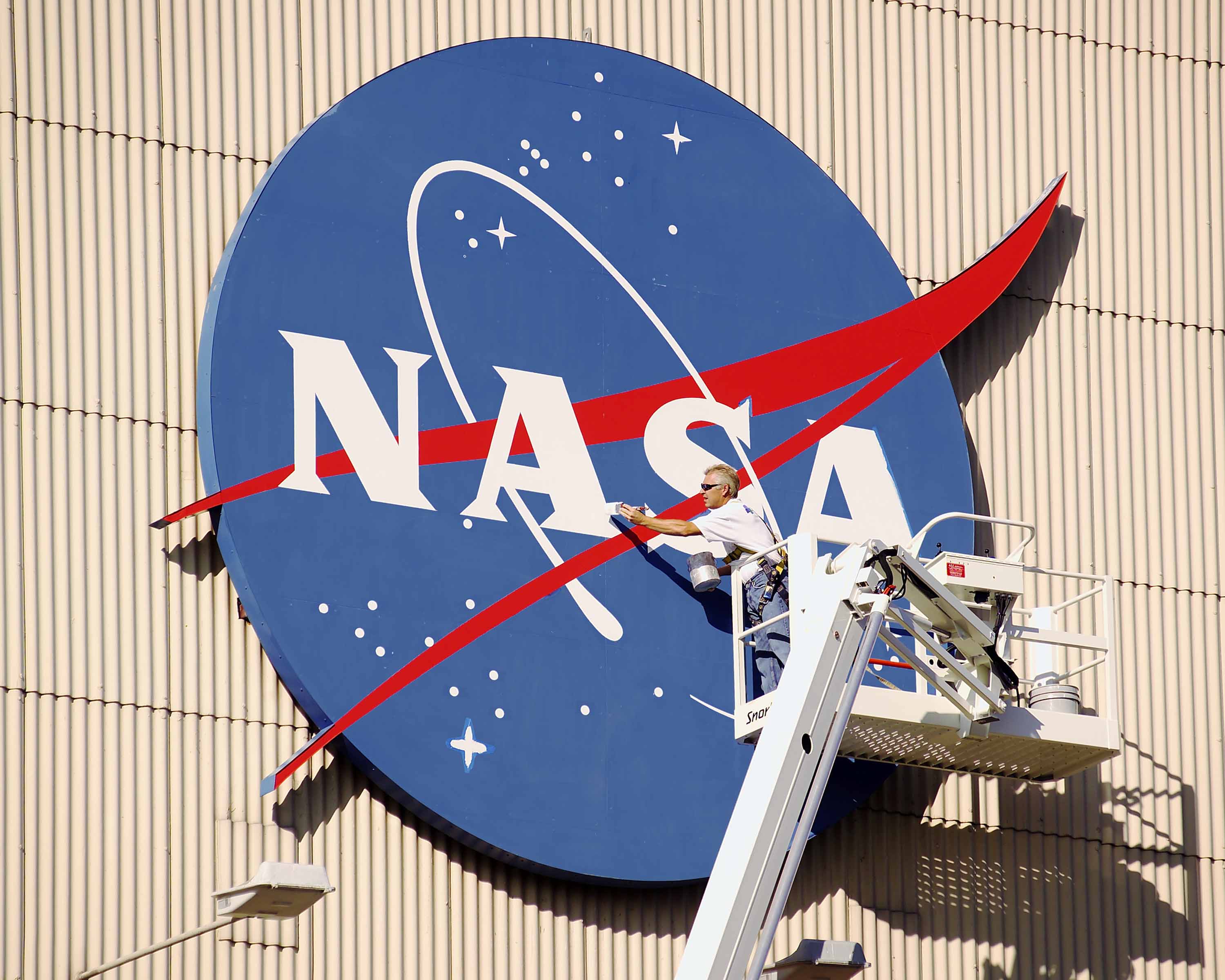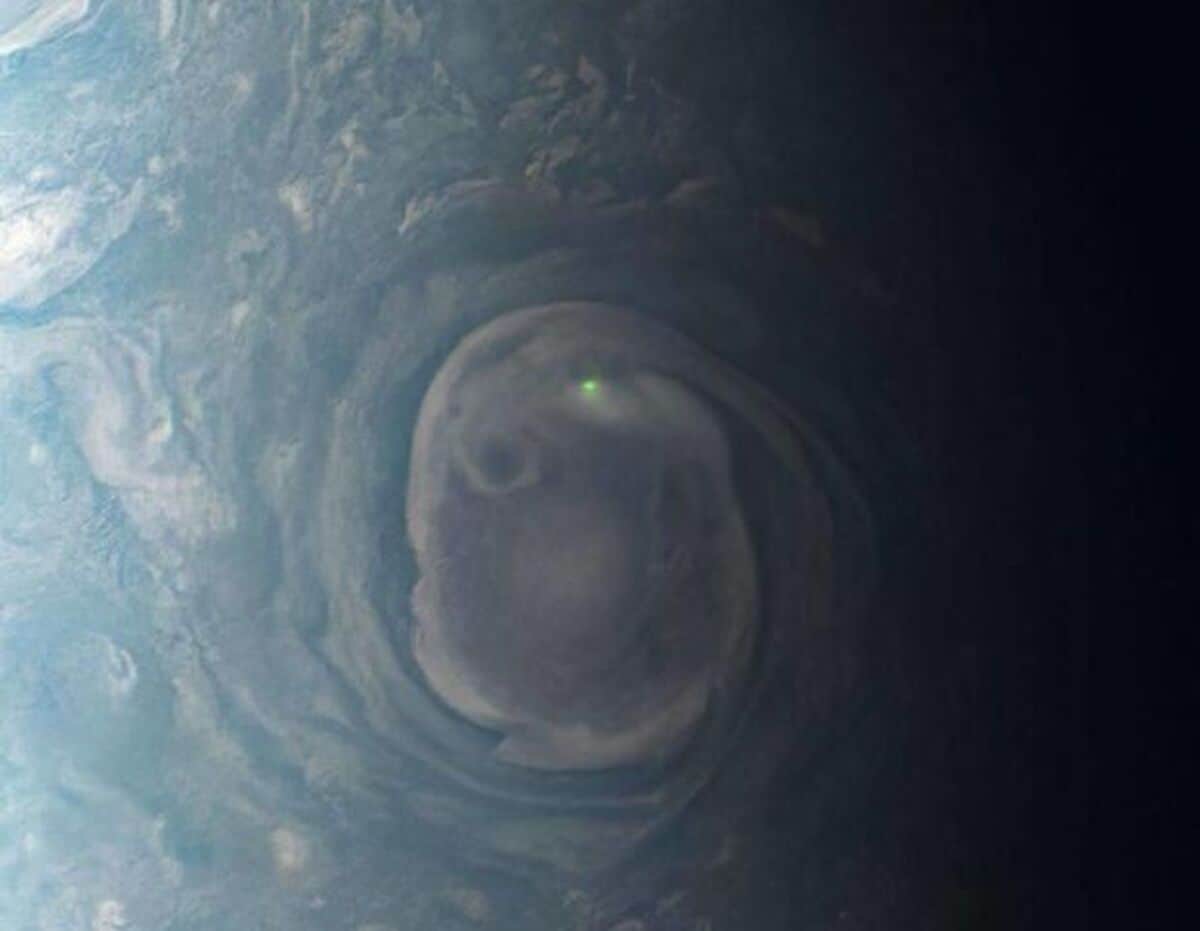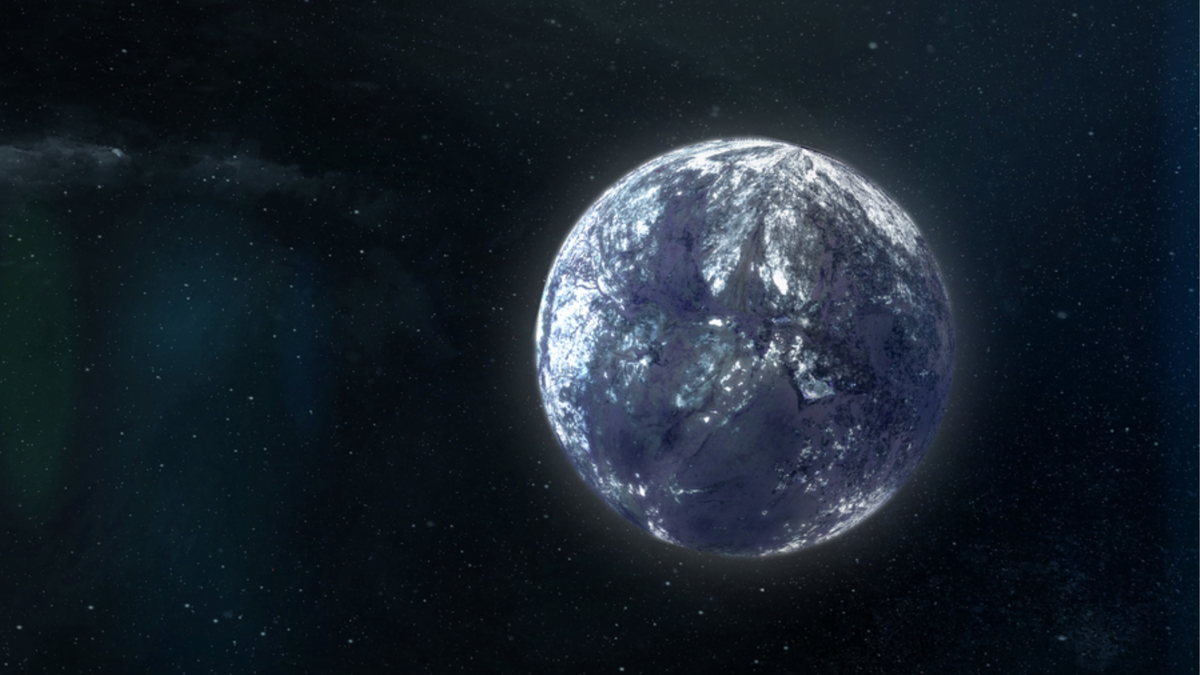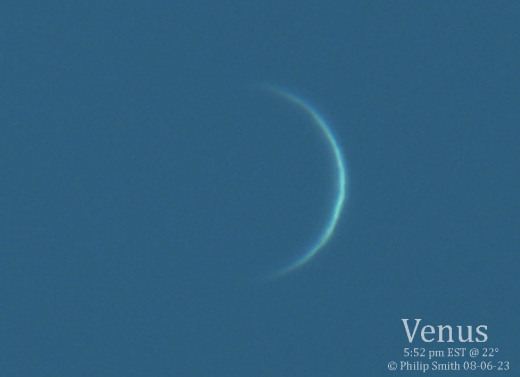Rare Planetary Alignment This Month
Buckle up, stargazers and astrology lovers! A major planetary alignment event will take place on Monday, June 19, 2023. This grand alignment will take place between two mighty planets, Jupiter and Saturn. Astrologically speaking, this is a very rare and auspicious time. (A similar alignment will not take place for another 14 years!)
What Does Jupiter Represent?
In ancient times, each planet was tied to mythological stories and believed to influence specific themes in life. Jupiter, also known affectionately as “The Great Benefic,” is named after the king of the Roman gods. In Greek culture, Jupiter was known as Zeus. This archetypal god was known for great power, wisdom, and glory. Astrologers associate Jupiter with luck, blessings, miracles, expansion, and growth.
What Does Saturn Represent?
While Jupiter was often seen as a more benevolent influence, Saturn came to become known as “The Great Taskmaster.” This is because Saturn often brings important life lessons to us, ratcheting up the weight we must carry in order to persevere and find our strength. Saturn also holds ties to longevity, security, permanence, and ambition.
From an astrological perspective, Saturn may bring hardships and challenges to help us learn to be lean, practical, and realistic. But when it is sweetly aligned with Jupiter—as it is this month—it may provide structure for building great things!
How To Benefit From This Planetary Alignment
On June 19, 2023, Jupiter (in Taurus) will sextile Saturn (in Pisces). A sextile signifies that two planets are working entirely in harmony. Blessings and opportunities are likely to present themselves naturally, but it is best to seize the day, plan actions, and capitalize on the energy rather than waiting for things to come to you.
Because Jupiter brings growth and luck and Saturn epitomizes longevity and stability, any personal or professional plan begun, launched, or solidified now will have magnificent energy infused into it. This will create excellent opportunities for long-term success, prosperity, and victory. This is a time for “cautious expansion,” as we still dream big but also take a realistic approach to building our lives.
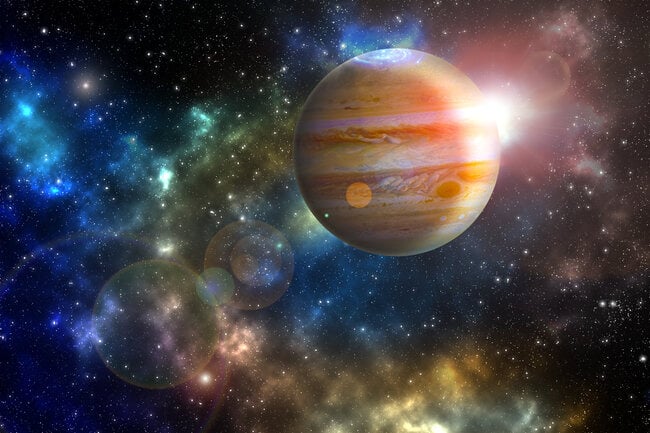
A Rare Planetary Alignment This Month
Buckle up, astrology lovers! A major planetary alignment is happening this month. Learn what this may mean for you and how you can ...

